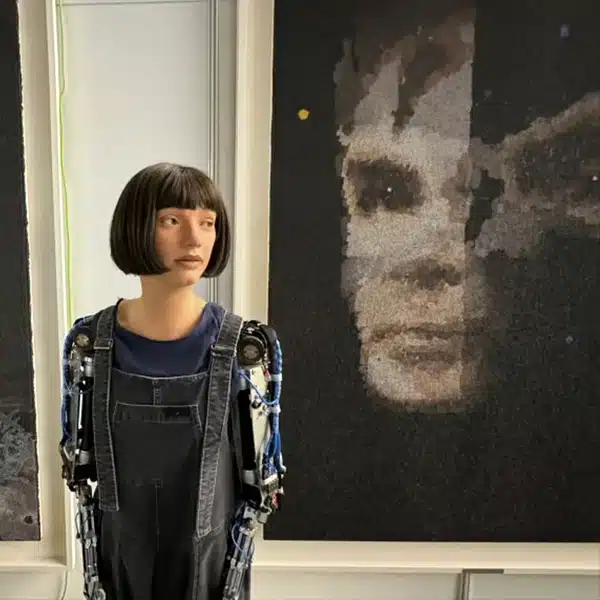
When we look into the depths of open water, it's impossible to know what treasures may lurk deep below the surface. Researchers from the University of Southampton's Center for Maritime Archaeology and the Black Sea Marine Archeology Project (Black Sea MAP) uncovered some hidden treasure while researching the Bulgarian waters of the Black Sea. Using two Remotely Operated Vehicles (ROVs), researchers recently discovered more than 40 well-preserved medieval shipwrecks. The shocking discovery is a bonus for the scientists, who are studying how water levels rose following the last Ice Age. This unexpected “treasure chest” was a welcome surprise.
Throughout medieval European history, Bulgaria was a key regional power—rivaling Byzantium. With power surely came the riches, which reveal themselves in ornate filagreed belt buckles and sword handles, as well as the immense ships themselves. With the precise history of the ships still a mystery, it's impossible to date them precisely. However, by all appearances, they seem to be from the Byzantine, Venetian, and Ottoman Empires, which would date them anywhere from the 9th to the 19th centuries. The shipwrecks are shockingly well-preserved due to the special anoxic—low oxygen—conditions of the Black Sea. Deep levels of water do not mix with the upper levels that receive oxygen from the atmosphere, making them the perfect environment for preservation.
And just how were these images captured? Submerged up to 5,905 feet, the ROVs set a new record for the depths visited in order to record the shipwrecks. The resulting images are the result of innovative new technology. “Using the latest 3D recording technique for underwater structures, we’ve been able to capture some astonishing images without disturbing the sea bed,” explains Professor Jon Adams, Founding Director of the Center for Maritime Archeology and Principle Investigator on the Black Sea MAP. “We are now among the very best exponents of this practice methodology and certainly no-one has achieved models of this completeness on shipwrecks at these depths.”

The ROVs take thousands of photographs of the archeological discoveries, which are then used to find millions of 3D points. Through the process of photogrammetry, these points construct a 3D model. The images we see here are renderings of the model, overlaid with the colors and textures from the photos. This elaborate process takes several days to complete and, in this case, took six computers running 24 hours a day.
The result is an astonishing glimpse of what untold history lays below the sea.


Black Sea MAP: Website
Center for Marine Archeology: Website
via [IFL Science]
All images via Expedition and Education Foundation/Black Sea MAP.






















































































